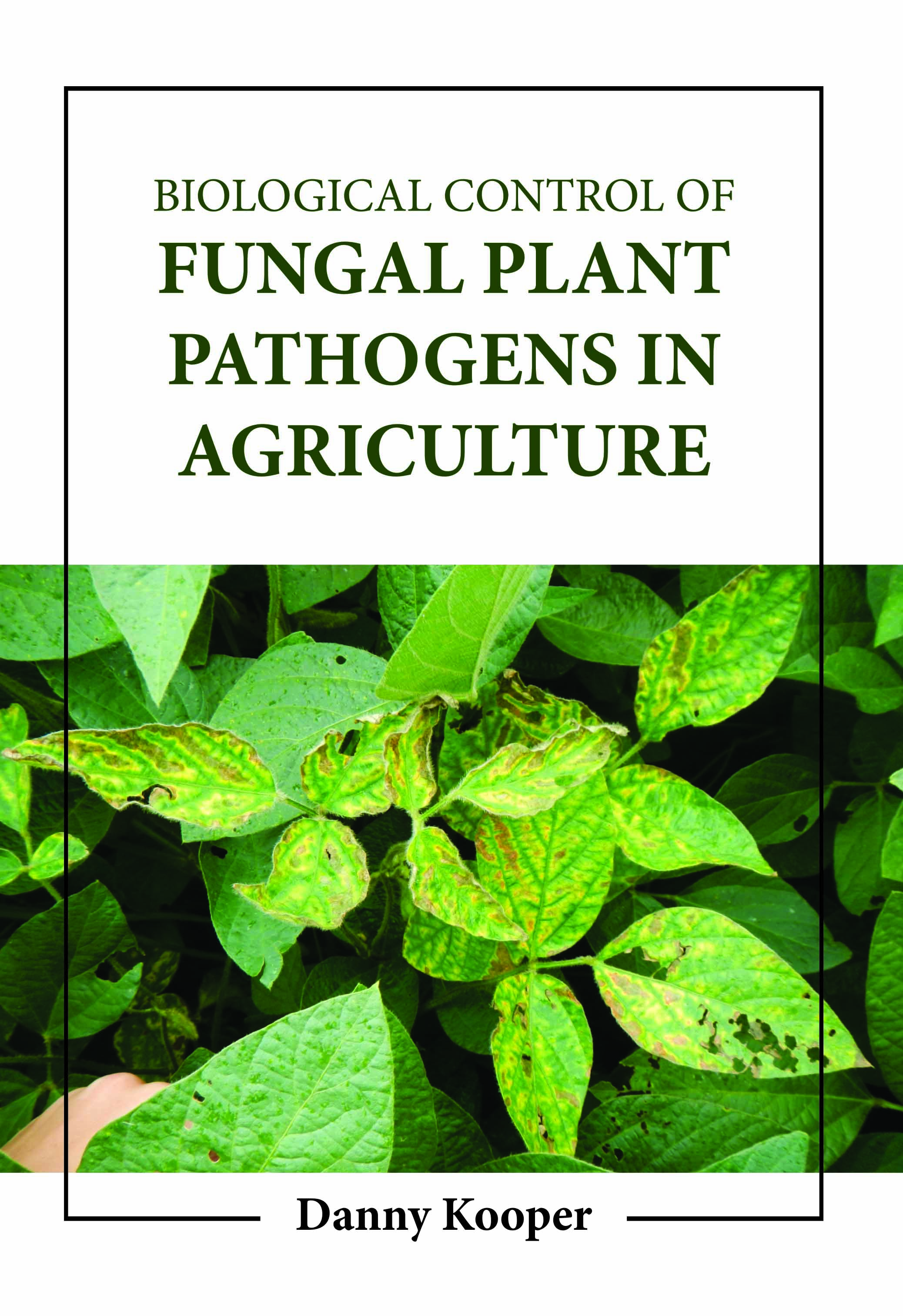
Biological Control of Fungal Plant Pathogens in Agriculture
by Danny KooperÂ
| ISBN | 9781806246632 |
|---|---|
| Publisher | Digital Drive Learning |
| Copyright Year | 2026 |
| Price | $270.00 |

by Danny KooperÂ
| ISBN | 9781806246632 |
|---|---|
| Publisher | Digital Drive Learning |
| Copyright Year | 2026 |
| Price | $270.00 |
Every year, up to 40 percent of global food crops are lost to plant pests and diseases, leading to annual agricultural trade losses of over USD 220 billion. As with human health, prevention is a key. Many plant diseases cause less dramatic losses annually throughout the world but collectively constitute sizable losses to farmers and can reduce the aesthetic values of landscape plants and home gardens. The goal of plant disease management is to reduce the economic and aesthetic damage caused by plant diseases. Biological control of soil-borne plant pathogens is a potential alternative to the use of chemical pesticides, which have already been proved to be harmful to the environment. Several strains of the fungus Trichoderma have been isolated and found to be effective biocontrol agents of various soil-borne plant pathogenic fungi under greenhouse and field conditions. This present text “Biological Control of Fungal Plant Pathogens in Agriculture” describes the various definitions and key mechanisms of control, explore the relationship between microbial diversity and biological control, and also outline the future directions that might lead to the development of more diverse and effective control of fungal plant pathogens.